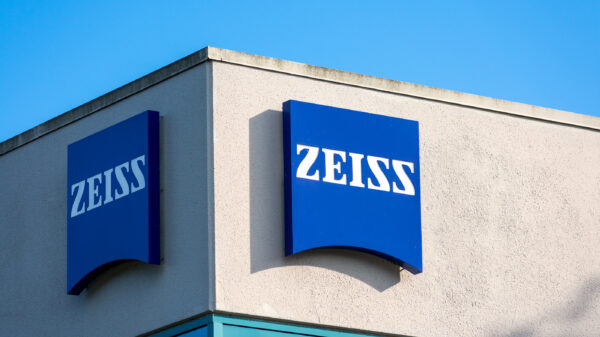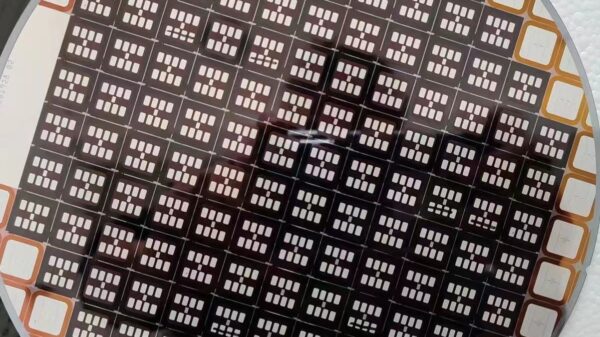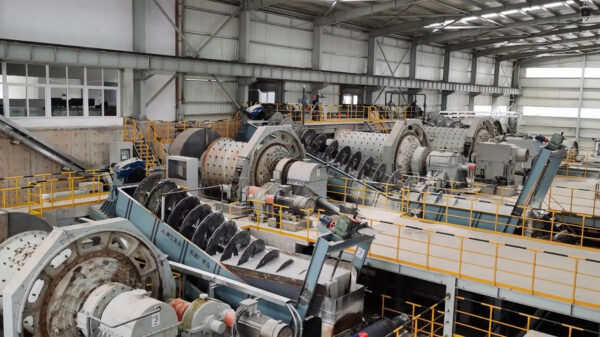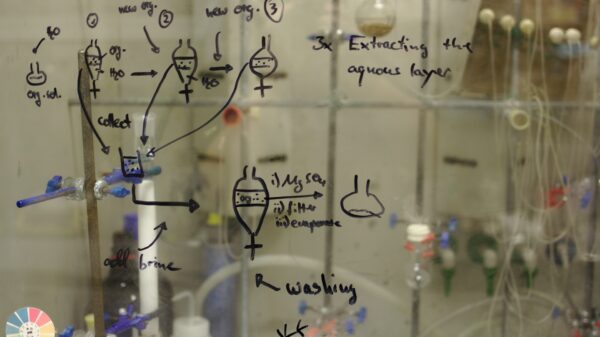On May 12, 2023, Toshiba unveiled its financial results, thus bringing to light the performance of eight major players in the electronics manufacturing sector. The released figures revealed a gamut of fortunes, with some companies boasting unprecedented profits and others nursing losses after a six-year spell of profitable operations. The disparity in the performance highlights the diverging trajectories these businesses are on, largely determined by their respective operational sectors. As they anticipate a challenging FY2023, these companies remain cautious regarding their future prospects.
Hitachi's Earnings Reveal Continued Group Consolidation
In FY2022, Hitachi Ltd. reported sales projected. . .






















